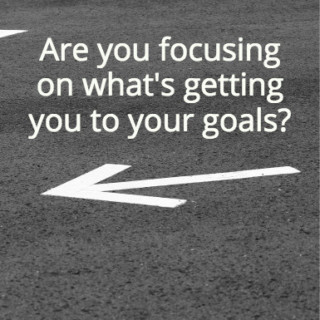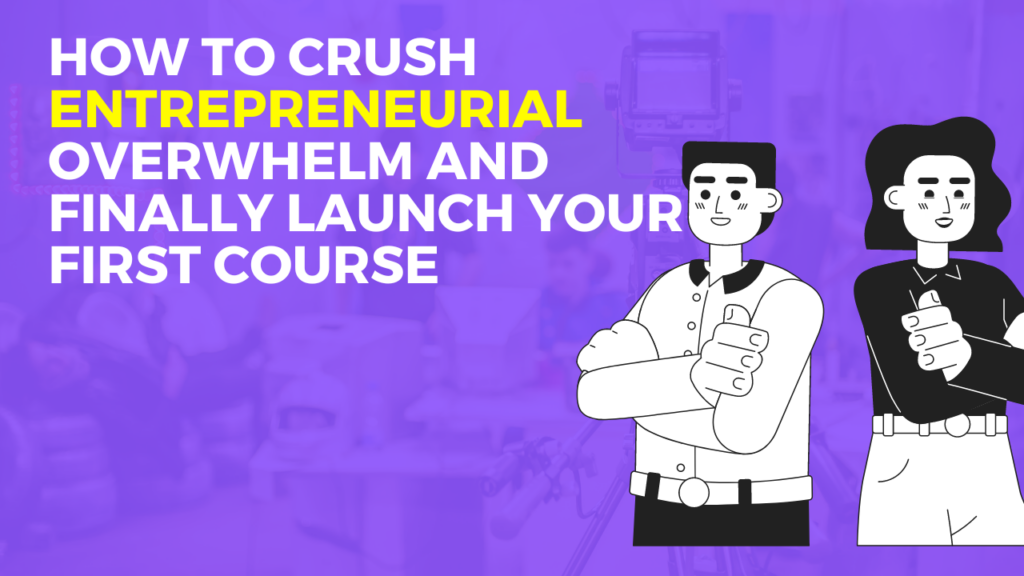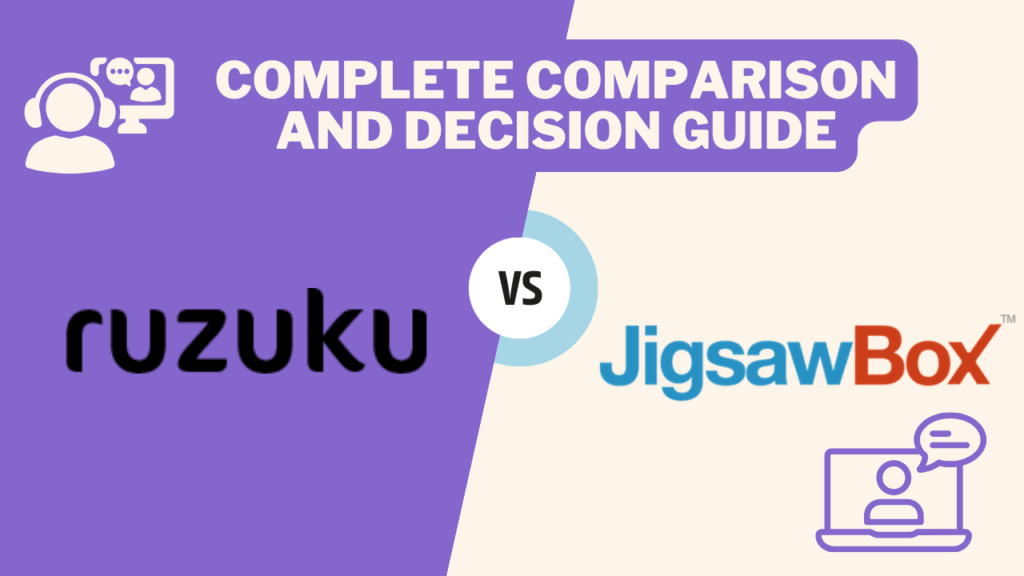Do you ever feel like you spend your life saying “yes” to too many things, even things you don’t really want to do?
As a business owner and a new course creator, it can feel like you have to say yes to everything: every opportunity, every client, every potential chance to move your course projects forward.
But after a while, those “yeses” start to add up.
And next thing you know, you find yourself falling behind where you thought you’d be by now.
Sometimes the sheer number of things you feel like you “should” be doing is so overwhelming that you just want to curl up under your desk and cry.
But what else can you do?
When you’re just starting out, it can feel painful to say “no” to any of the opportunities coming your way — especially when it seems like that opportunity might be gone forever if you turn it down.
So what’s the answer?
It’s time to rethink what you’re agreeing to.
Ash Ambirge has a great take on what saying “no” can mean:
No is healthy. No is realistic. No is yes, in a way. It just might be in a different way than most people assume. It’s yes to a priority, yes to a reputation, yes to control, yes to professionalism.
So let’s take a look at some situations where the power of “no” can be a “yes!” for your course business.
Five times when saying “no” will move you forward, faster
Course creators who own their own businesses fall into some common traps that slow their growth. Here are some of the big ones.
Use this list to help you avoid falling into these quagmires yourself.
1. When the timing’s not right
If an opportunity or approach isn’t right for the stage of business growth you’re in right now, it’s probably best to postpone it.
At the beginning of the month, we wrote a post about using the right marketing tactics for your current stage of business growth.
 That post mainly focused on toddler-stage businesses — folks who are just getting started and who need to focus on cash flow and building up a client base.
That post mainly focused on toddler-stage businesses — folks who are just getting started and who need to focus on cash flow and building up a client base.
But it’s equally important to use the proper techniques and tactics for whatever stage your business is in.
For example:
If you don’t have a product yet, or if your audience is 100 people, you shouldn’t attempt a Jeff Walker Product Launch Formula-style launch, complete with incessant e-mail blasts, 50 joint venture partners, and multiple webinars. Instead, focus on finding your first few paying clients and figuring out how best to serve them.
2. When clients aren’t a good fit
If you’re currently in a service-related business, you can probably relate to one of these situations.
 Do you have clients that call you at 2 am (or while you’re on vacation), expecting you to be able to work on something “quick” because they think your business revolves around them?
Do you have clients that call you at 2 am (or while you’re on vacation), expecting you to be able to work on something “quick” because they think your business revolves around them?
These people can take up 80 percent of your time and only make up 20 percent of your cash flow — which means they’re a drain to your business.
Or maybe your clients are actually good people but their expectations just don’t line up with your business vision.
These are the types of clients who do more harm than good to you and your business. They drain you mentally and waste your time. Saying “no” to working with them – or continuing to work with them – can open up the bandwidth you need to work on your courses.
3. When it’s not your best, most brilliant work
We all take on some not-so-glamorous tasks sometimes to pay the bills or as a favor to someone in the hopes that more paid work will follow. But don’t do too much of this. It will drain your energy as well as your time.
There are several examples that fall into this category:
- Taking on too many pro bono projects and working for free too often.
- Not charging what you’re worth or working for far less than your time is worth.
- Working on projects that take up too much of your time or money, without giving enough back.
Carissa Reiniger sums it up nicely:
Every time you say ‘yes’ to spending a minute of your time or $1 of your money, make sure you are saying yes to something that will grow your company.
Anything that’s costing you more than you get in return can also go directly into the “nope” bin.
Let go of the worry. Make room for the better opportunities that will come along when you’re not bogged down in time- and energy-sapping projects.
4. When it takes your focus away from your course goals
We’ve all been there — the tempting project that sounds like it could be so much fun to work on…
But maybe it’s not exactly your area of expertise, or perhaps it’s just a little too far removed from your current direction.
 Whatever the case, taking on anything that distracts you from the direction you want your business to grow goes directly into the “you should say no to this” category.
Whatever the case, taking on anything that distracts you from the direction you want your business to grow goes directly into the “you should say no to this” category.
To avoid getting sucked into this trap, get (and stay) very clear about your long-term personal and professional goals.
Anything that doesn’t help you achieve something on your goals list… doesn’t happen.
Also included here? The things that take up a lot of “busy” time in your day, but don’t really need to happen.
For example, if you ask yourself the question, “if I don’t do this, will anyone notice, or will it affect my business?” and the answer is no… don’t do it!
5. When you really, really don’t want to do it
Rely on your gut instinct.
New business owners often try to ignore their gut feelings about taking on new projects. There are many reasons for this.
 Maybe you don’t feel confident that you have enough experience to make a good decision. Maybe you feel like you should take the advice of more seasoned, well-meaning friends.
Maybe you don’t feel confident that you have enough experience to make a good decision. Maybe you feel like you should take the advice of more seasoned, well-meaning friends.
Or maybe you don’t feel like you should turn away money.
But sometimes that feeling in the pit of your stomach when you really don’t want to take on a project or client is telling you exactly what you need to hear.
If something deep inside is telling you not to do it, why not listen? Our bodies are pretty smart when we give them a chance and listen to what they’re telling us.
For example, if you’ve been dodging the calls or emails from a potential client for weeks, and your heart sinks every time you see their name pop up on your caller ID, you might want to say “no” to taking them on as a new client. (Or, you might want to stop and evaluate what exactly is causing you to flinch.)
Now that you know when to say “no”, let’s look at the tough part – following through.
How to say “no” (without torching your bridges)
Now you know what you should be saying no to… but knowing and actually doing it are two completely different things.
And saying no can be tough, especially when there’s a business relationship at stake.
Michael Mamas has it right:
We all need to say ‘no’ sometimes. However, ‘no’ can be quite a challenge. A no that’s poorly stated can be alienating, harmful, disruptive and damaging to both personal and professional relationships.
How to effectively say “no” often depends upon the situation and the people involved. But some of the basics for any situation boil down to a few common concepts:
- Be polite
- Be honest
- Be professional
- Don’t procrastinate
While a “no” may not be what they were expecting to hear, it’s better to say no to the wrong things so that you can say yes to the right ones.
And, really, saying yes to the wrong thing and having a project or client relationship go south will be far more damaging than saying “no” in the first place.
What do you need to stop saying “yes” to?
The power of “no” is now in your hands.
 Imagine a world where you have used “no” in such a way that you now have enough bandwidth to say “yes” to the projects that will really move your course creation efforts forward.
Imagine a world where you have used “no” in such a way that you now have enough bandwidth to say “yes” to the projects that will really move your course creation efforts forward.
Wield that “no” wisely, and you’ll find yourself one step closer to turning that fantasy into reality.
Just the right clients and projects?
Check.
Kicking entrepreneur overwhelm to the curb?
Check.
Finally launching your first course… check!
Is there anything you can say “no” to today to start moving your course creation goals forward? Let us know in the comments!





2 Responses
This is very true! Thanks for writing this. I waited too long to say no to requests for my services. I was so overwhelmed with all the interest and requests for proposals, as I didn’t want to miss out on opportunities or appear that I was shutting anyone out. I finally had to set boundaries and naturally used the tips that you wrote about to filter through which requests to politely decline. After you do this a few times, it becomes easier to say No. 🙂
Thanks so much for sharing your experience, Wendy! And it’s always good to hear that it gets easier with practice. 🙂